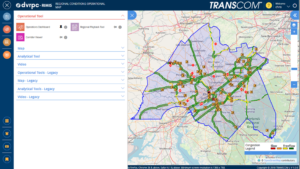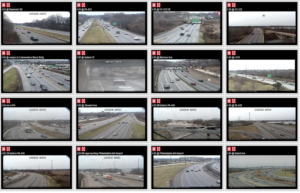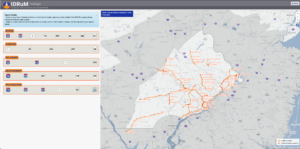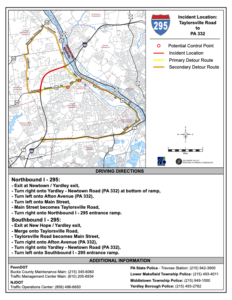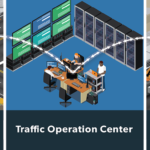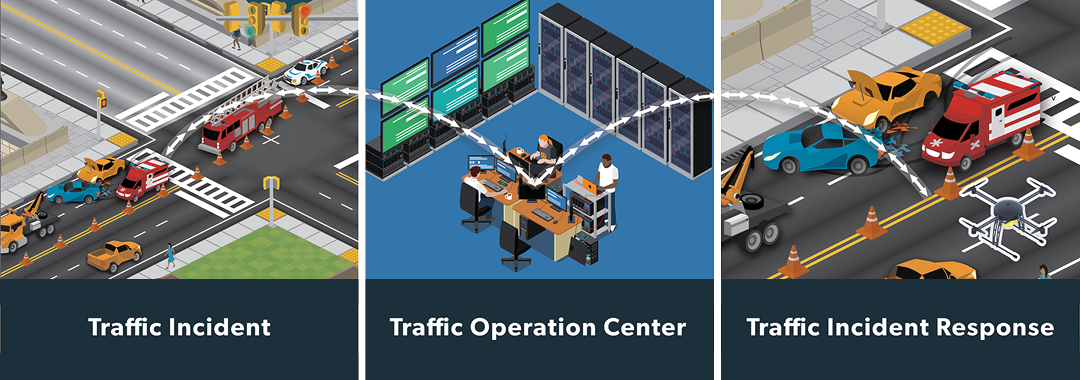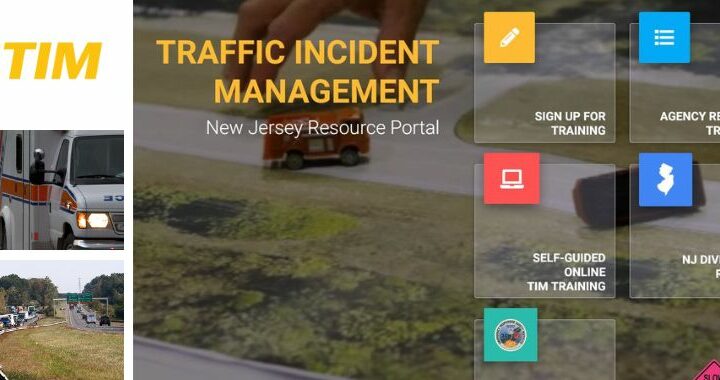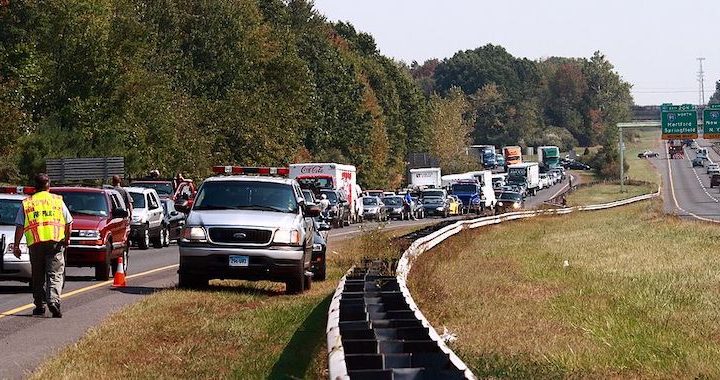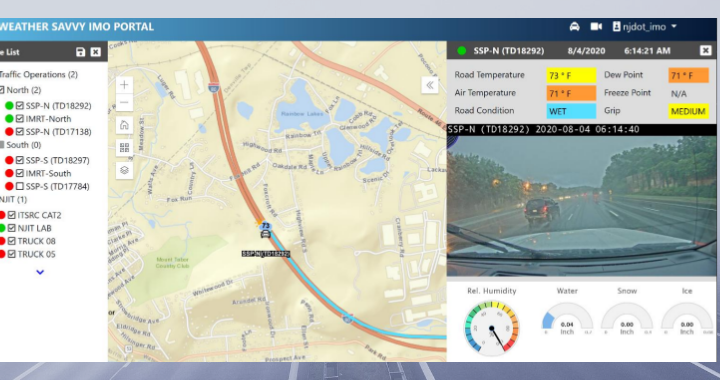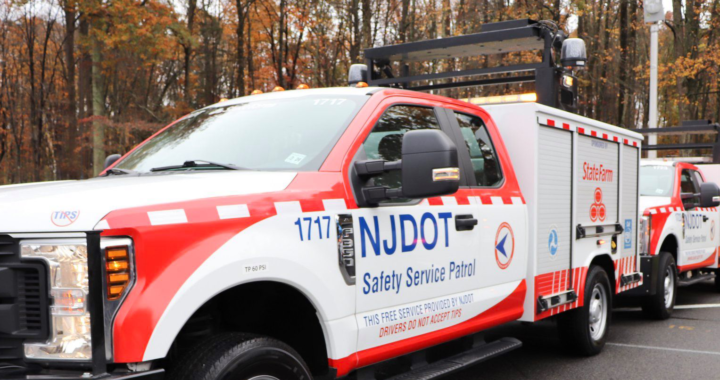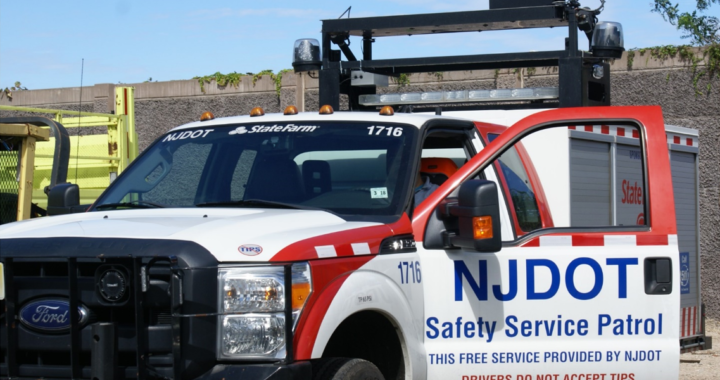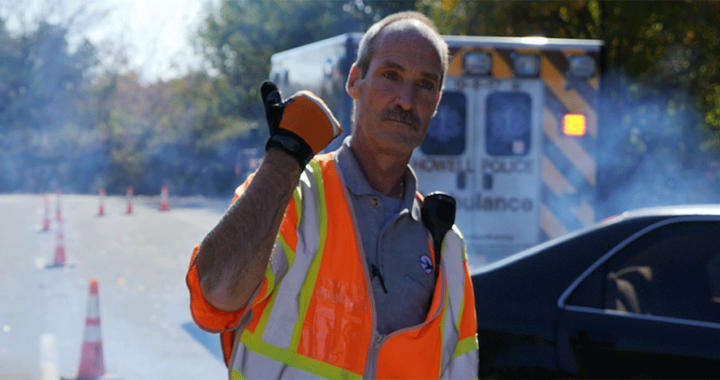The Federal Highway Administration's (FHWA) Talking TIM webinar series provides best practices, new technological innovations, and successful implementations. The webinar series provides a forum where TIM champions with any level of experience can exchange information about current practices, programs, and technologies. Each month, the FHWA TIM Program Team seeks to feature content that highlights successful programs, identifies best practices, and showcases technology that advances the profession.
The FHWA-sponsored webinars are hosted by the National Operations Center of Excellence (NOCoE). Talking TIM typically takes place the fourth Wednesday of each month from 1:30 PM – 3:00 PM. Click here to view upcoming webinars.
Below is a list of past webinars:
- January 2021: The International Association of Fire Chiefs (IAFC) Role in TIM, Digital Alert Pilots in St Louis and Kansas City, and FHWA Every Day Counts Round Six (EDC-6) NextGen TIM Overview
- February 2021: Innovative Tools for Responder and Road Worker Safety
- March 2021: AASHTO's Role in TIM, Nebraska Tow Temporary Traffic Control Program, Fire Truck Attenuators for Temporary Traffic Control, Massachusetts Legislation for Driver and Responder Safety
- April 2021: Wisconsin's Traffic Incident Management Enhancement (TIME) Program, City of Seattle TIM and Response Team Program, and North Central Texas Council of Governments (NCTCOG) TIM Innovations
- May 2021: National Highway Traffic Safety Administration's (NHTSA) Role in TIM, Incident Detours Involving Railroad Crossings, Washington State's TIM Program and Virtual Coordination, and Responder Vehicle to Traffic Management Center Video Sharing
- June 2021: Unmanned Aerial Systems (UAS) for Traffic Incident Management
- July 2021: Lubbock Fire and Rescue Helmet Innovation, RESQUE-1 Electric and Hybrid Vehicle Assistance, Geographically-Tagged Information from Travelers
- August 2021: CDOT TIM for Localities, Texas Commission on Law Enforcement TIM Training Requirement, Schertz Fire and Rescue TIM Training Institutionalization, Institutionalizing TIM training for EMS Professionals in Georgia
- September 2021: Rural Roadway Strategies for Incident Management
- October 2021: Autonomous Truck Mounted Attenuator Testing and Implementation in Colorado, Autonomous and Driverless Pilots for Large Trucks in Arizona, Rural-Focused Towing Programs in Florida
- November 2021: National Kickoff: Crash Responder Safety Week 2021
- December 2021: In-Cab Incident Alerts for Commercial Vehicles
- January 2022: Illinois TIM Program Overview and Training Video Use, Law Enforcement and First Responder Interactions Plans for Automated Driving Systems (ADS), Total Solar Eclipse Planning for 2023 and 2024
- February 2022: Public Safety Announcements across Nine States for Motorist and Traffic Incident Responder Safety, TIM Video Sharing Use Cases: Findings from the Recent EDC-6 Next Generation TIM Workshop, TRACS and MACH: Software to Simplify Electronic Crash Reporting and Computer Aided Dispatch (CAD)
- March 2022: Outreach for Responder Safety through Collaborations with the American Automobile Association (AAA) and the Towing and Recovery Association of America, North Carolina Tethered Unmanned Aircraft Systems (UAS) Program, and Advanced Responder Warning through Safety Vests Fueled by Video Analytics
- April 2022: Smart Lighting Strategies for Responder Vehicles, Incident Response After Action Reviews Using Unmanned Aerial Systems (UAS) Imagery, Incident Response After Action Reviews Using Unmanned Aerial Systems (UAS) Imagery
- May 2022: Data Use and Visualization, Promoting Roadway Safety Through Move Over Law and Responder Struck-By Awareness, The New Jersey TIM Program
- June 2022: Ohio DOT Quick Clear Demonstration, Electric Vehicle Battery Fires and the TIM Timeline, Montana's TIM Program
- July 2022: The National Unified Goal: What Is It and How Do We Make It Relevant?, Planning and Responding to Special Events in Minnesota, Iowa DOT TIM Program Overview and Strategies for Quicker Incident Detection
- August 2022: Overview of the Florida Heartland TIM Committee and Florida's Expanded Deployment of Cameras on Road Ranger Vehicles, What's New for the 2022 TIM Capability Maturity Self-Assessment, The TIM National Unified Goal: Relevancy of the TIM NUG Strategies
- September 2022: Move Over and Responder Safety Technologies, Houston Traffic Incident Management and Training
National Unified Goals Review and Feedback. - January 2023: Mitigating Work Zone Traffic Incidents Using Unmanned Aircraft Systems (UAS), Every Day Counts Round 7 (EDC-7) Innovation, Next Generation TIM: Technology for Lifesaving Response, Traffic Incident Management National Unified Goal (NUG) Review and Feedback, Part 3
- February 2023: Findings from Move Over Compliance and Responder Safety Technology Research, After Action Review of a Multi-Vehicle Fire, EDC-7 Summit Debrief: TIM Technologies for Saving Lives.
- March 2023: Light-emitting diode (LED) Temporary Traffic Control Devices for Digital Motorist Alerts, Moveable Barriers and Debris Removal Systems, National Secondary Crash Research.
- April 2023: Responder to Vehicle (R2V) Alerts in the District of Columbia, The Role of Medical Examiners in TIM, New Audience Listening Session
- May 2023: Highway to the Danger Zone, North Carolina's Rural Safety Service Patrol and TIM Program
- June 2023: Using Apparatus to Protect Responders and Communicate with Drivers, Retrofitting Aging Fire Apparatus into Traffic Management Units with Truck Mounted Attenuator
- July 2023: Emergency Vehicle Preemption in the Phoenix, AZ Region, Traffic Incident Management for Managed Lanes in Florida
- August 2023: Medical Helicopter Landing Zone Considerations for Roadway Crashes, Wearable 360 Lighting: Real Roadside Visibility and Safety in a Distracted World
- September 2023: Managing the I-40 Mississippi Bridge Closure, I-95 Bridge Collapse Response and Coordination in Pennsylvania
- October 2023: North Carolina Department of Transportation (NCDOT) Incident Management Assistance Patrol (IMAP) Tools and Safety Service Patrol (SSP) Research Needs, SSP State of Practice: Findings from the SSP Pooled Fund Study
- December 2023: City of Fresno Improves Emergency Response Vehicle Routing Using Their Safer Platform, Washington State Department of Transportation (WSDOT) Virtual Coordination Center (VCC)
- February 2024: Good Practices and Current Research in Vehicle Lighting for Roadway Incidents, Changes for TIM in the Newly Released MMUCC 6th Edition and the MUTCD 11th Edition
- March 2024: Missouri Department of Transportation (DOT) and Highway Patrol Full Scale TIM Demonstration, Active 911 on South Carolina Interstates for Faster On-Scene Traffic Incident Response
- October 2024: Tennessee TIM Strategic Plan and Its Implementation, Effective Tool for Removing Crash and Disabled Vehicles from the Roadway
- December 2024: Electric Vehicle Task Force: An Overview of Development, Products, and Next Steps, Electric Vehicle Incident Scene Awareness
- January 2025: Advancing Safe, Quick Clearance for Commercial Vehicles, A Cloud-based Traffic Signal Preemption System for Safer, Quicker Emergency Response
- February 2025: Jason Dicembre - Maryland Department of Transportation, Dr. Darcy M. Bullock - Purdue University
- March 2025: Texas' Statewide TIM Program, Minnesota's Freeway Incident Response Safety Team (FIRST) Program
Go to Talking TIM webinar series for more recent events.
More information on the FHWA EDC-7 initiative, Next Generation TIM: Technology for Lifesaving Response is here.
Jim Austrich, Paul Jodoin, and Joe Tebo, FHWA Office of Operations TIM Program, organize and moderate this webinar series hosted by the National Operations Center of Excellence (NOCoE).



